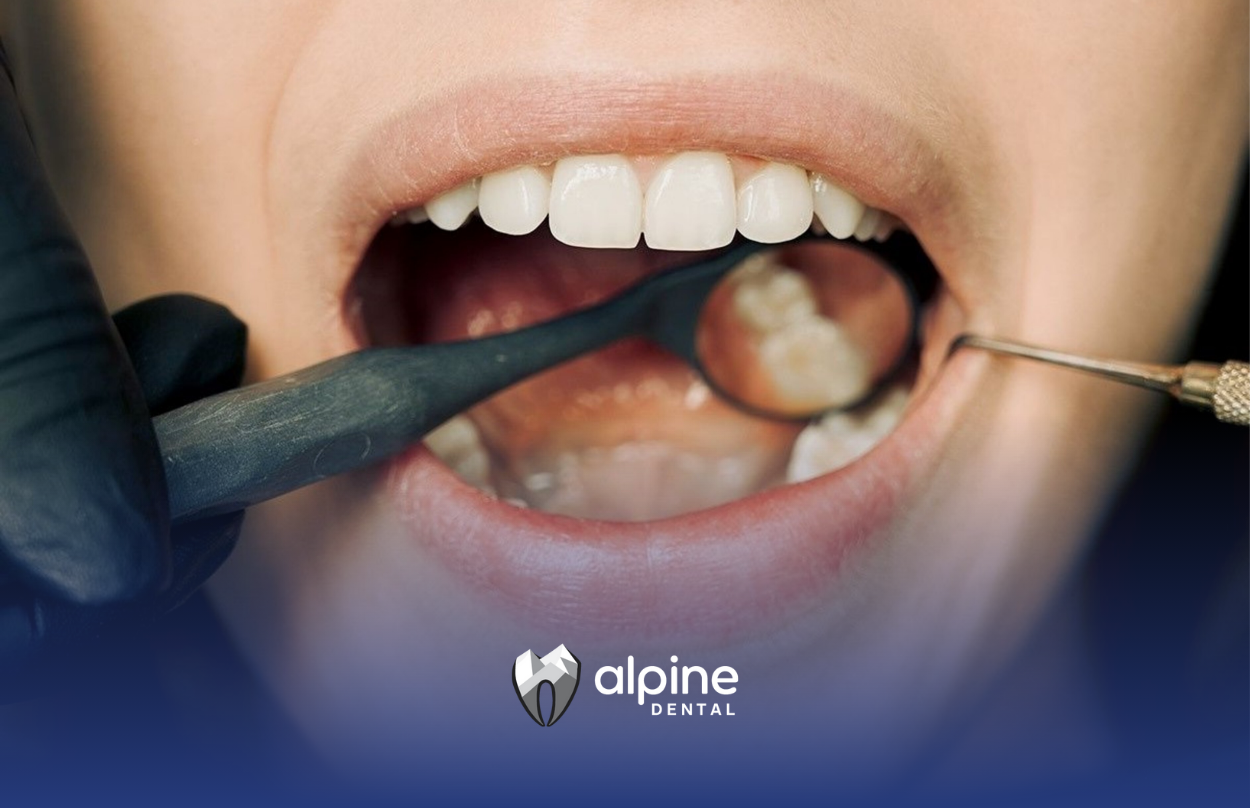How to Recognize a Dead Tooth: Visual and Oral Signs
A tooth that no longer receives blood flow—often called a dead tooth—may manifest in ways that are easy to miss. Visually, these teeth frequently show a noticeable color change, shifting to shades of gray, yellow, brown, or even black as internal tissues break down.
Surprisingly, pain isn't always present. The nerve inside the tooth may no longer be functional, although discomfort can still arise from the surrounding tissues if infection or abscess is present.
Other signs to look for include a persistent unpleasant taste or odor, swelling near the gums, or a pimple-like bump indicating possible infection. Early detection is vital: untreated, the condition may worsen and lead to significant complications like abscess or jawbone infection.
Prompt dental attention can often save the tooth through a root canal, or extraction may be recommended in severe cases. Trust in early diagnosis to avoid more invasive treatments later.
At Alpine Dental, we prioritize early detection and compassionate treatment. If you notice discoloration, swelling, or any unusual sensation in your teeth, book an appointment right away for a quick, effective evaluation.
Frequently Asked Questions
What does a dead tooth look like?
It often appears discolored—gray, yellow, brown, or black—due to dying blood cells and internal damage.
Why might a dead tooth not hurt?
The nerve can be dead, so pain may not be felt; but the surrounding tissues may still be sensitive.
What other symptoms indicate a tooth is dead?
Bad breath or taste, gum swelling, and a pimple-like bump on the gum are red flags.




